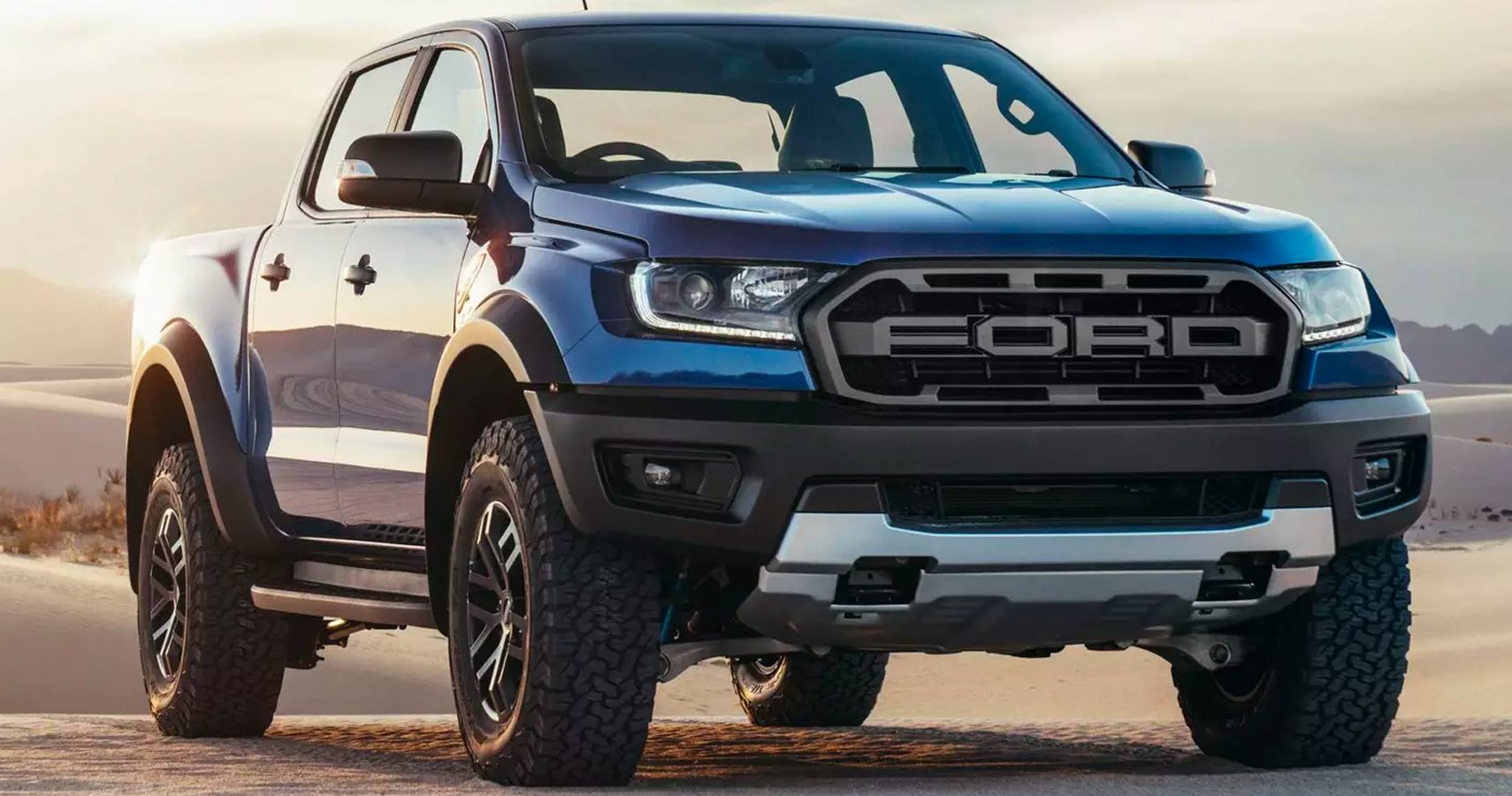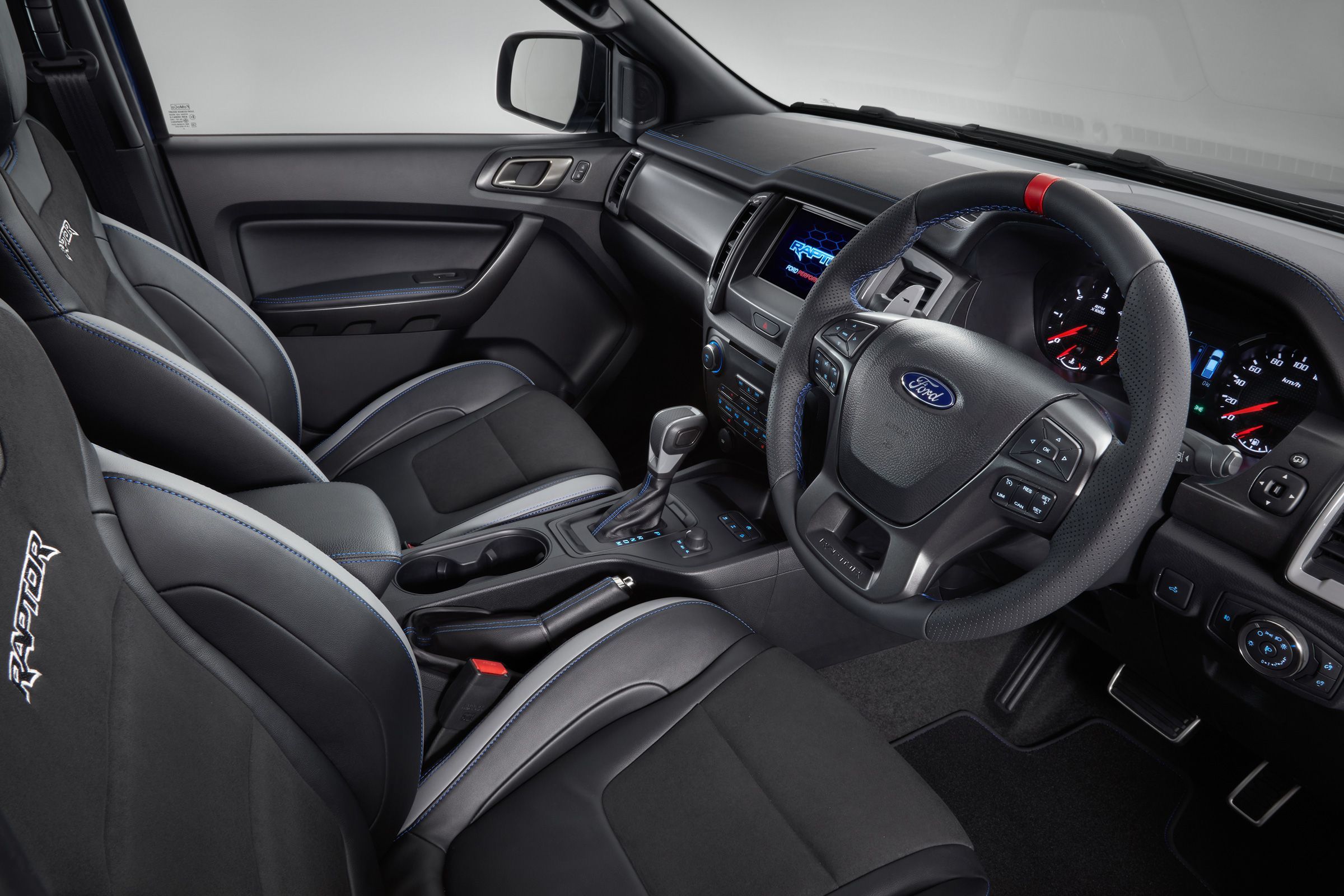Ford has hinted that the Ford Ranger Raptor will come equipped with a 2.0L turbodiesel four-cylinder engine. Despite the Ford F-150 Raptor having the mighty 3.5L V6 engine that everyone has grown to love,
According to Motor1, Ford is reportedly sticking with the decision to go with the diesel engine for the Raptor. The engine is also reported to be mated with a 10-speed transmission automatic transmission. The configuration is expected to develop 210 horsepower and 369 lb-ft of torque.
In early leaks, there were rumors that the engine that was going to be used for the Ranger Raptor was going to be the 2.3L 4 cylinder Ecoboost borrowed from the Ford Mustang. But now, reports are strongly hinting at the use of the basic 2.0L turbodiesel found in the traditional Ford Ranger.
Of course, let us not forget that we are talking about the company that took the 3.5L engine out of the F-150 and through the power of their extremely talented engineering team, were able to develop the mighty Ford GT, capable of 640 horsepower and 550 lb-ft of torque. So, perhaps a small 2.0L engine might not be so bad, especially after it received the full revamp to be worthy of the Raptor name.
RELATED: FORD RANGER RAPTOR SPOTTED IN USA
Also, there had to be some cost-cutting in order to make the Ford Ranger Raptor more affordable. Therefore, putting a bigger engine would translate into a significantly higher price tag, and perhaps, this will make it harder to justify over the f150 Ranger Raptor.
It definitely seems like the right option to install a smaller engine into the smaller Raptor, fans are not impressed. This is largely because the North American market hasn't quite adopted diesel engines apart from bigger trucks such as heavy-duty pickups and bigger. In the European market, cars in all shapes and sizes come with diesel powerplants ranging from the smallest sub-compact to the biggest SUV. When comes the time to actually look at both engines side-by-side, we can quickly realize that the most efficient engine would be the turbodiesel. With a higher compression ratio, and fuel economy that almost doubles that of a traditional naturally aspirated engine, more of these engines should make it to the Northern hemisphere.


